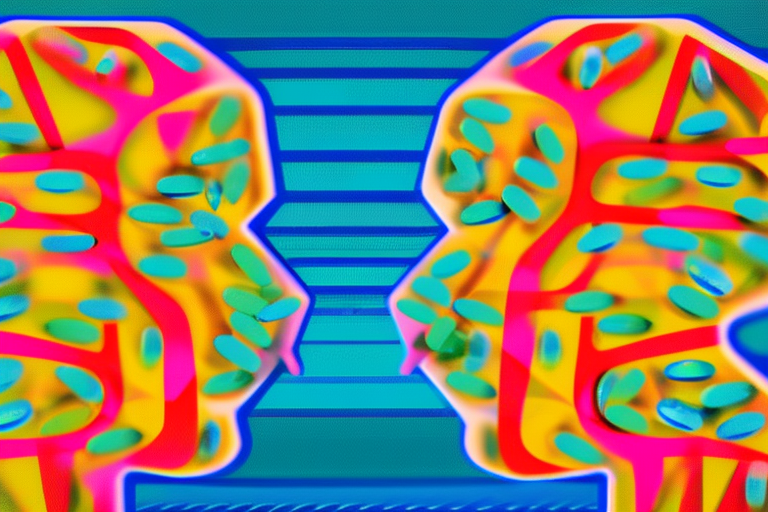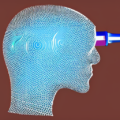Benzodiazepine withdrawal refers to the physical and psychological symptoms that can occur when someone who has been regularly using benzodiazepines such as Valium, Xanax, or Klonopin suddenly stops or reduces their use. Benzodiazepines are highly addictive and can cause severe withdrawal symptoms, especially if the person has been using them for a long period of time or in high doses. Some of the most common benzodiazepine withdrawal symptoms include:
- Increased temperature: Sweating.
- Tachycardia. Increased blood pressure.
- Vision problems. A vibrating picture in the field of vision. Double vision.
- Upset stomach and intestines: appetite suppression, nausea, vomiting, diarrhea
- Muscle tremors or twitching: Uncontrolled shaking of muscles.
- Seizures: Convulsions or fits.
- Gustatory changes – metallic taste in the mouth.
- Aches and pains: headaches, chest pain.
- Agitation: Restlessness, irritability, or nervousness.
- Cognitive impairment: Memory problems, difficulty concentrating, and confusion.
- Anxiety: Increased feelings of worry or nervousness. Panic attacks may occur.
- Insomnia: Difficulty sleeping or staying asleep.
- Depersonalization and Derealisation.
- Dream potentiation, delusions, hallucinations, psychosis.
These symptoms can occur within a few days to several weeks after quitting and can last for several weeks or longer. The length and severity of withdrawal can vary depending on the individual and their level of benzodiazepine use.
Benzodiazepine withdrawal syndrome can be a difficult and potentially dangerous condition. If you or someone you know is experiencing symptoms of benzodiazepine withdrawal, it’s important to seek medical attention as soon as possible. Withdrawal from benzodiazepines should only be done under the supervision of a doctor or addiction specialist, as sudden cessation can lead to severe withdrawal symptoms and potentially life-threatening complications.
However, there are some steps you can take at home to help manage mild withdrawal symptoms:
- Gradual tapering: Gradually reducing the dose of benzodiazepines can help minimize withdrawal symptoms and prevent severe side effects. In general, tapering with reaching a minimum plateau and subsequent rejection is the most acceptable way to give up benzos. Otherwise, there is a risk of encountering a very severe withdrawal syndrome.
- Hydration: Drink plenty of water to help replace fluids lost due to excessive benzodiazepine use.
- Nutrition: Eat a balanced and nutritious diet to help replenish vitamins and minerals lost due to benzodiazepine use.
- Sleep: Get enough rest and sleep to help the body recover from the effects of benzodiazepines. You can try using mild and natural sedatives and hypnotic pills like Valerian root and Melatonin.
- Support: Seek support from friends, family, or a support group to help you through the withdrawal process.
- Medications: Over-the-counter pain relievers such as ibuprofen or acetaminophen can help relieve headaches and body aches. It is acceptable to use some more serious medications, such as Gabapentin and Pregabalin. They can alleviate benzodiazepine withdrawal syndrome. However, here I strongly recommend a preliminary consultation with a doctor.
And one more time. If you or someone you know is struggling with benzodiazepine addiction, it’s really important to seek help from a doctor or addiction specialist for personalized treatment and support.
I understand that such a scenario is not always available to everyone, but this is the best general recommendation that I, as a doctor, can give. The remaining cases need at least data collection and analysis.
That’s all for today.
If you think that something needs to be added or corrected in this article, please do not hesitate to reach out to me. I am always open to dialogue.
I hope this article was helpful. If you would like to support the development of this blog, please consider the following actions:
- Subscribe to my social media accounts (Twitter, Reddit)
- Share a link to this article with your friends.
- Mention this blog on relevant resources or in chat groups.
Thank you for your time and attention 💤




